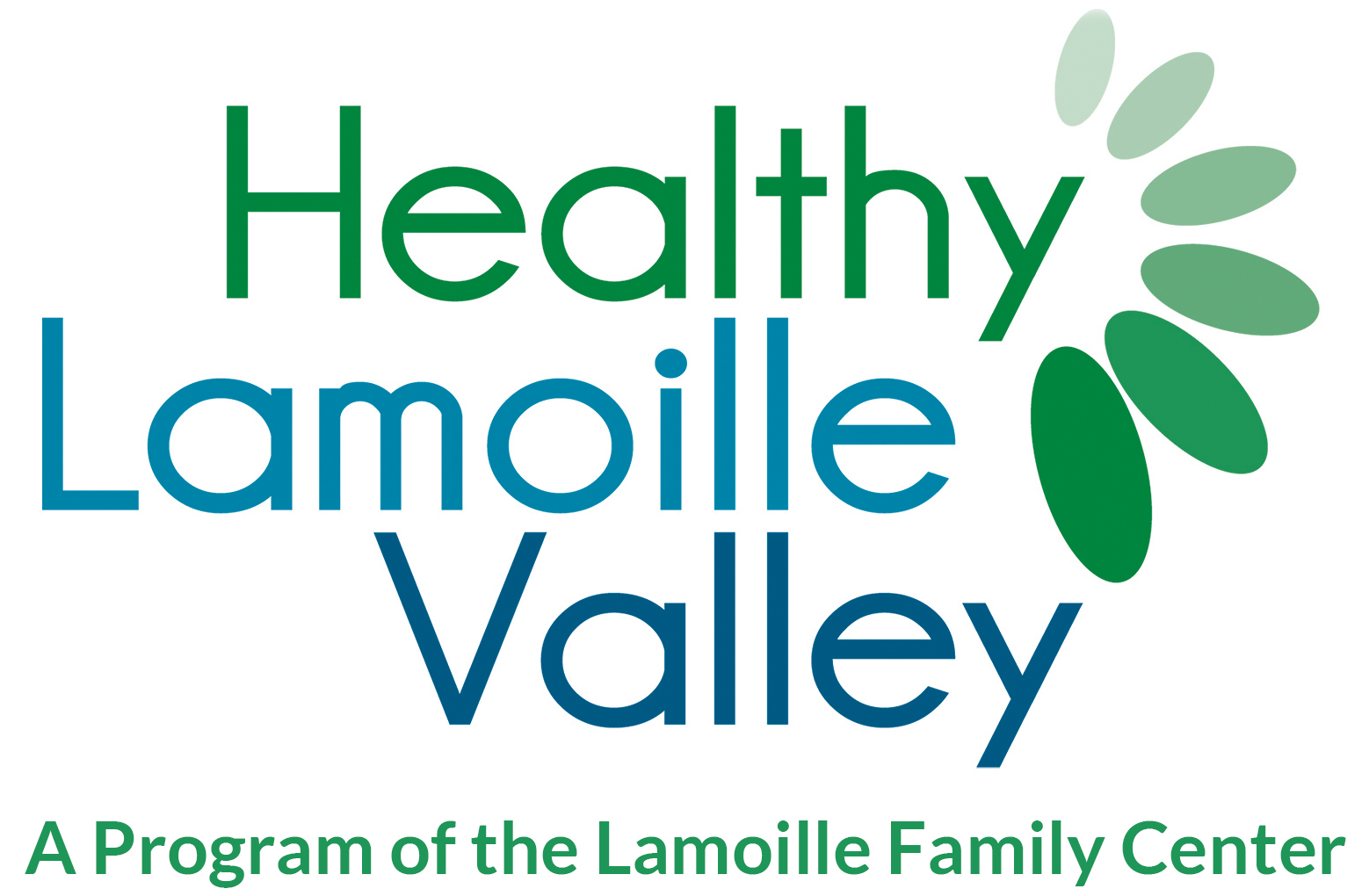Alcohol
Definition
Ethyl alcohol, or ethanol, is an intoxicating ingredient found in beer, wine, and liquor. Alcohol is produced by the fermentation of yeast, sugars, and starches. Alcohol affects every organ in the body. It is a central nervous system depressant that is rapidly absorbed from the stomach and small intestine into the bloodstream. Get the Drug Facts.
Negative Effects of Alcohol on Youth:
- Youth who drink are more likely to have health issues such as depression and anxiety disorders
- Underage drinking can result in changes in brain development that may have life-long effects
- Drinking lowers inhibitions and increases the chances that youth will engage in risky behavior
- Alcohol use kills 6.5 times more youths than all other illegal drugs combined
Key Data Points:
Alcohol is among the most used drugs, plays a large role in many societies and cultures around the world, and greatly impacts public health. More people over age 12 in the United States have used alcohol in the past year than any other drug or tobacco product, and alcohol use disorder is the most common type of substance use disorder in the United States. Learn more on the National Institute of Drug Abuse website.
According to the 2019 Youth Risk Behavior Survey, 31% of Vermont high school students have drunk alcohol in the last 30 days.
National data shows that Vermonters in all age groups – youth (12-17), young adults (18-25), and adults (26+) – drink alcohol at higher rates compared to the country overall. People who begin drinking before age 15 are four times more likely to develop alcohol dependence than those who begin drinking at 21. Get more facts and resources at the Vermont Department of Health website.
